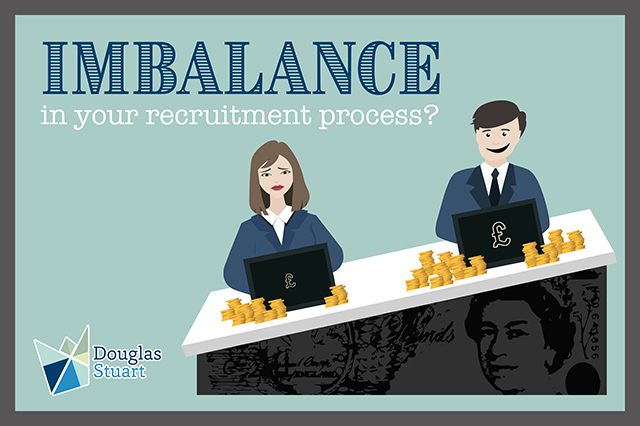What impact will Gender Pay Reporting have on the organisations required to publish their figures? Where significant pay imbalances are exposed there will be understandable concern about the attendant publicity. In the short term the focus is on the numbers. But the real value of the exercise lies in the narrative that organisations use to explain gender pay disparity and how they plan to address the issue. There are many complexities around pay inequality and reporting these issues contributes to the bigger picture. Nevertheless, companies do need to acknowledge any gender pay discrepancies and, critically, articulate how they are going to remedy them. There is not only legal compliance at stake – but significant reputational damage too.
Wide pay disparities, defensive reporting and failure to meet the April 4th deadline will attract negative publicity from the media, business, public, customers and employees alike.
But this new transparency hasn’t been introduced as simply a finger pointing exercise. Rebecca Hilsenrath from the EHRC believes that all organisations should, ‘look at the women who work for you and ask yourself if they don’t deserve a better deal. There is a huge moral element to this.’
How organisation’s respond to their gender pay gap is vital
What’s crucial is how business reacts to these pay gaps and the concrete action they take to address them. Those companies who put their money where their mouth is are likely to come out on top. Not only in public relations, but in building a fairer, more equitable workforce. A workforce that will arguably be more productive, higher performing, more engaged and better retained.
A key component of closing the gender pay gap is how organisations recruit, assess and develop their employees. Ensuring that you have a robust recruitment process, recognizing the inherent, and often unconscious bias, that lies at the heart of human decision making, is critical. Read here for more information on unconscious bias.
Commit to diversity and inclusion within all recruitment and assessment activities
Review current recruitment practices
There isn’t one right way of going about this. Every organisation will have their own unique set of challenges. However, there are some strategies that every business should be thinking about:
- Set diversity goals: In our experience it’s good to be specific here. Targets give focus and something to work towards
- Review current process: Assess what you are already doing – what’s working and what isn’t. This is often a good place to solicit outside advice and a second pair of eyes
- Raise awareness: It’s impossible to eliminate bias altogether but it’s important to be aware of it – both as individuals and within organisation’s systems. It’s not about pointing the finger – we all have bias – but reducing it’s impact on the way we make decisions.
- Don’t blame and shame: This really is counter-productive. If you think raising bias awareness is all about other people, think again. We are all part of the problem, and part of the solution.
- Make diversity a conversation: It isn’t so much about explaining away figures that may reflect poorly on current practices. It’s about opening up a dialogue internally and putting it on the company agenda.
- Look at job descriptions and applications forms: It’s possible to send out subtle, but powerful messages as an employer by using gendered language.
- Level the playing field: Investigate the use of blind CV’s, using work samples, or video interviewing to reduce bias at the early stages of recruitment
- Standardise interview process: Make sure everyone involved in the hiring process has interview training. We strongly recommend using competency based interview techniques. In our experience it’s one of the most effective ways to reduce bias and standardise process.
- Be transparent and communicate. If your intentions are good, this approach will pay dividends – it’s not about getting it right all of the time.
- Share best practice: This is about an on-going commitment. Explore and be curious about what other organisations are doing. Seek advice. Garner opinion. Measure results. Request feedback.
Recruiting for diversity is just one part of the jigsaw


